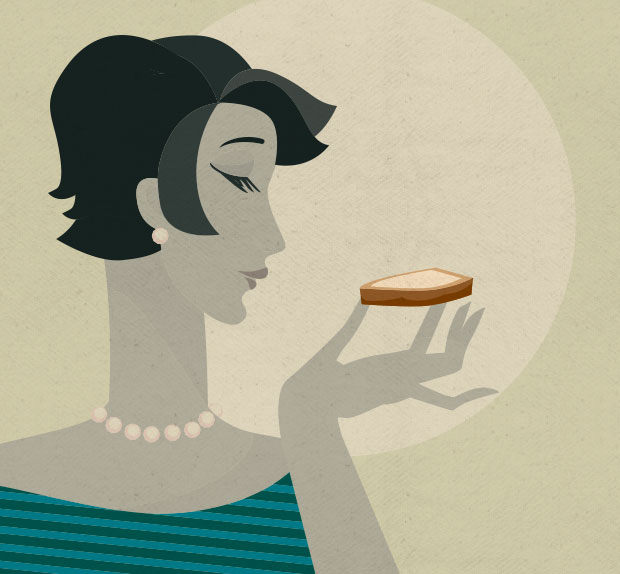Post by rodeo on Jun 10, 2020 21:44:11 GMT
An elimination diet is a short-term diet that helps identify foods your body can't tolerate well and removes them from your diet. There are many types of elimination diets, which all involve removing certain types of foods.
The elimination phase involves removing foods you suspect trigger your symptoms for a short period of time, typically 2–3 weeks.
Eliminate foods that you think your body can't tolerate, as well as foods that are notorious for causing uncomfortable symptoms! Some of these foods include nuts, corn, soy, dairy, citrus fruits, nightshade vegetables, wheat, foods containing gluten, pork, eggs and seafood.
During this phase, you can determine if your symptoms are due to foods or something else. If your symptoms still remain after removing the foods for 2–3 weeks, it is best to notify your doctor.
The foods are later reintroduced, one at a time. Each food group should be introduced individually, over 2–3 days, while looking for symptoms that show a reaction.
In that way, an elimination diet may alleviate bloating, gas, diarrhea, constipation and nausea.
Once you have successfully identified a food your body can't tolerate well, you can remove it from your diet to prevent any uncomfortable symptoms in the future.
You should only try an elimination diet under the supervision of a medical professional. Reintroducing a food allergen may trigger a dangerous condition called anaphylaxis.
The elimination phase involves removing foods you suspect trigger your symptoms for a short period of time, typically 2–3 weeks.
Eliminate foods that you think your body can't tolerate, as well as foods that are notorious for causing uncomfortable symptoms! Some of these foods include nuts, corn, soy, dairy, citrus fruits, nightshade vegetables, wheat, foods containing gluten, pork, eggs and seafood.
During this phase, you can determine if your symptoms are due to foods or something else. If your symptoms still remain after removing the foods for 2–3 weeks, it is best to notify your doctor.
The foods are later reintroduced, one at a time. Each food group should be introduced individually, over 2–3 days, while looking for symptoms that show a reaction.
In that way, an elimination diet may alleviate bloating, gas, diarrhea, constipation and nausea.
Once you have successfully identified a food your body can't tolerate well, you can remove it from your diet to prevent any uncomfortable symptoms in the future.
You should only try an elimination diet under the supervision of a medical professional. Reintroducing a food allergen may trigger a dangerous condition called anaphylaxis.




